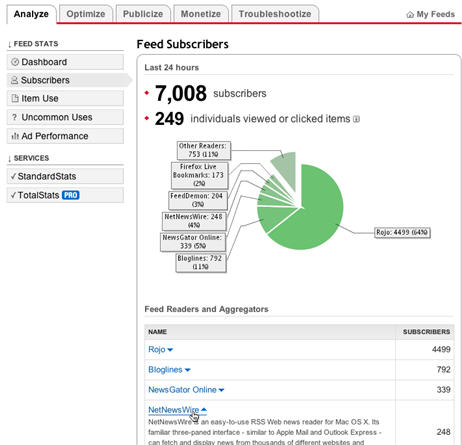I was recently running a workshop about Word of Mouse Marketing using social media from blogging to microblogging, podcasting to video casting and it was heartening to see that about 8 per cent of the 140 attendees were blogging about their business.
However I then became disheartened as most of those blogs had been developed on a platform such as Blogger or WordPress.com.
If anyone tells you that business blogging is not a significant investment of your time, they clearly are not a business blogger developing online content and implementing a link building strategy to bring traffic to their business blog.
Don’t get me wrong, blogging is a terrific online marketing strategy if executed effectively. I could think of no other way that I would have attracted as many leads to my business so cost effectively without a business blog.
However if you are going to invest in business blogging, be good to yourself… don’t have all those wonderful incoming links to your great content go to a blog that is not hosted by you.
You might think this is something that only happens for small businesses – it’s not!
From well established businesses using WordPress.com to Marketing Directors of major companies who should know more about branding than most, using a blog that is detracting from their personal brand online as they are using Blogger, many companies are using free hosted and poorly branded business blogs.
Online personal branding coaches look to encourage people to use Typepad.com as a blog platform – whilst it’s a great blogging platform that I use and recommend and it’s especially helpful if you want a low tech solution for a personal career portfolio, if you also have a website, a Typepad blog is not going to help you with your link building and search engine optimisation strategy for your main website which is becoming even more critical as few people now move beyond page 1 of Google when searching and researching online. What do they do if they can not find what they are looking for online on the first page of their search? They change the words they are using to search with of course.
Investing a little and money in implementing a business blog that is hosted on your website not only makes you look like you take business blogging seriously as part of your online marketing strategy, it also means that every link to your great content is a link to your website.
That way you will be sure to benefit even more from your online content strategy buildng links to your business blog.
UPDATE 29 DECEMBER 2008
Thanks everyone for the contribution to the discussion.
I recently had a discussion with a PR expert who advised me about a WordPress.com site they had set up for their client who wanted to try blogging but was unsure about whether it was something that they would continue in the medium to long term. The plan was then to import the content into a blog hosted on their website if they determined that blogging was for them.
If this is a way to encourage companies to blog (alternative approaches could include hosting a blog internally, having a project related blog or password protecting your business blog in the early days as you get into your stride) then it’s certainly worth considering – but make sure that you define the trial period on the hosted platform.
Hosting your own content for the reasons outlined in the comments and ensuring that your blog reflects your brand and corporate identiy and tone of voice is important.
And remember if you are still not convinced by the debate in the comments to this article about the benefits of hosting your own blog and you decide to continue to use one of the hosted free platforms or low cost platforms available, take the time to map your own domain name to the blog (as an example here is the guidance form Typepad on domain mapping).
Your business blog is an extension of your online identity and brand. So don’t let your business blog be bland!




 Many of the B2B companies that publish corporate blogs have long realized the value of publishing useful content in the form of white papers, case studies, webinars, newsletters and other types of educational content.
Many of the B2B companies that publish corporate blogs have long realized the value of publishing useful content in the form of white papers, case studies, webinars, newsletters and other types of educational content. Blogs serve many purposes for companies and individuals alike. As easy to use content management systems, blog software enables companies that are “
Blogs serve many purposes for companies and individuals alike. As easy to use content management systems, blog software enables companies that are “








